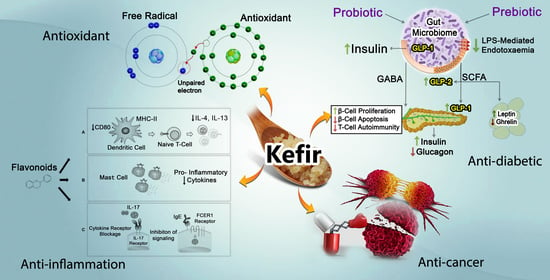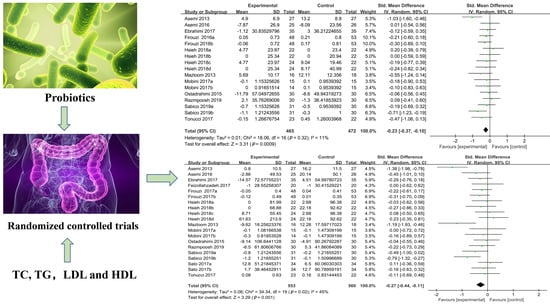Reviews on Food Microbiology, Foodborne Pathogens, and Probiotics
A topical collection in Foods (ISSN 2304-8158). This collection belongs to the section "Food Microbiology".
Submission Status: Closed (27 June 2025) | Viewed by 207185Editor
2. Department of Comparative Pathobiology, Purdue University, West Lafayette, IN 47907, USA
Interests: microbiology; pathogenesis; host–pathogen interaction; nanobiotechnology; food safety; probiotics and gut health
Special Issues, Collections and Topics in MDPI journals
Topical Collection Information
Dear Colleagues,
In-depth high-level review articles are sought from a well-recognized and well-established research community on topics from state-of-the-art knowledge to new advances and trends, including but not limited to the following:
- Emerging or neglected foodborne viral, bacterial, and parasitic diseases;
- Impact of food and food components on pathogen survival, transmission, and pathogenesis;
- Biofilm formation and the role of small molecules on biofilm formation and inactivation;
- Foodborne pathogens and microbial ecology in nontraditional protein sources, such as human food;
- Probiotic microbes and their application in foodborne pathogen prevention, inactivation, and control.
We look forward to receiving your contribution to this Special Issue, which will host review papers providing valuable insights into all aspects of food microbiology, foodborne pathogens, and probiotics.
Prof. Dr. Arun K. Bhunia
Guest Editor
Manuscript Submission Information
Manuscripts should be submitted online at www.mdpi.com by registering and logging in to this website. Once you are registered, click here to go to the submission form. Manuscripts can be submitted until the deadline. All submissions that pass pre-check are peer-reviewed. Accepted papers will be published continuously in the journal (as soon as accepted) and will be listed together on the collection website. Research articles, review articles as well as short communications are invited. For planned papers, a title and short abstract (about 250 words) can be sent to the Editorial Office for assessment.
Submitted manuscripts should not have been published previously, nor be under consideration for publication elsewhere (except conference proceedings papers). All manuscripts are thoroughly refereed through a single-blind peer-review process. A guide for authors and other relevant information for submission of manuscripts is available on the Instructions for Authors page. Foods is an international peer-reviewed open access semimonthly journal published by MDPI.
Please visit the Instructions for Authors page before submitting a manuscript. The Article Processing Charge (APC) for publication in this open access journal is 2900 CHF (Swiss Francs). Submitted papers should be well formatted and use good English. Authors may use MDPI's English editing service prior to publication or during author revisions.
Keywords
- food microbiology
- foodborne pathogens
- probiotics
- biofilm
- microbial ecology
















